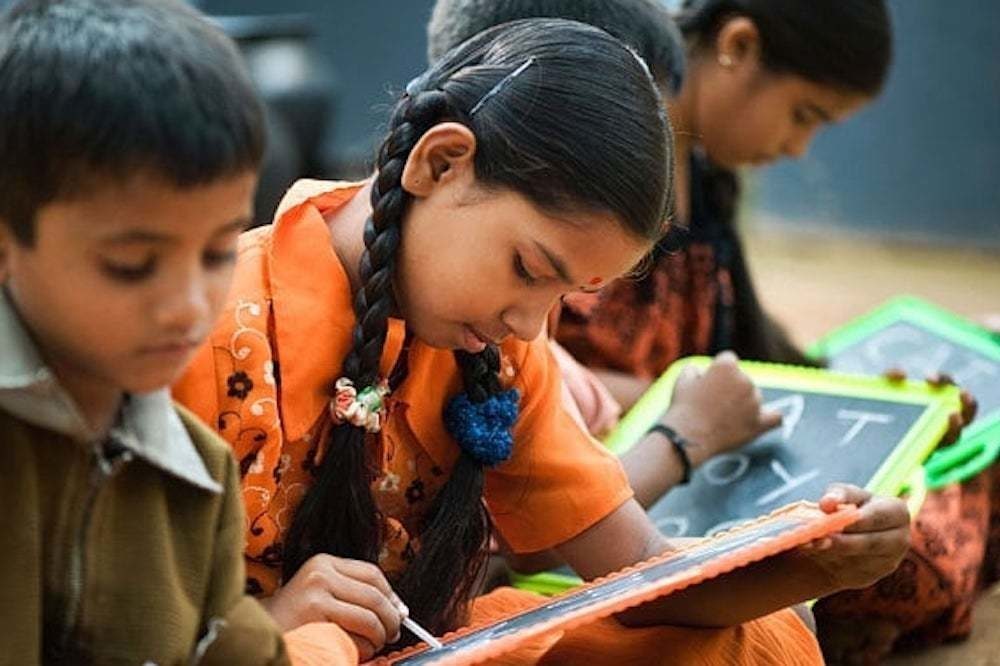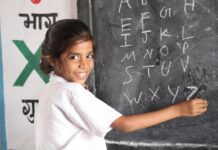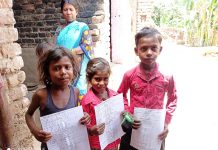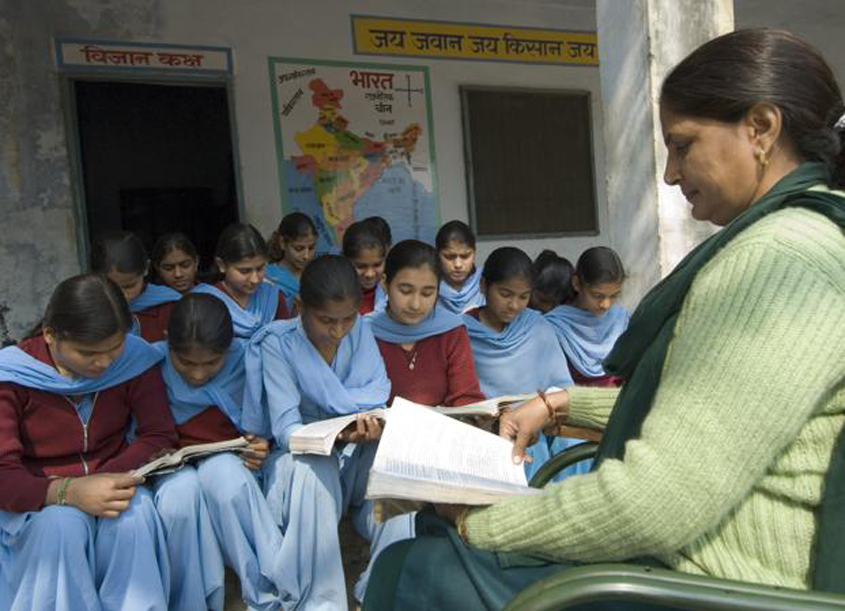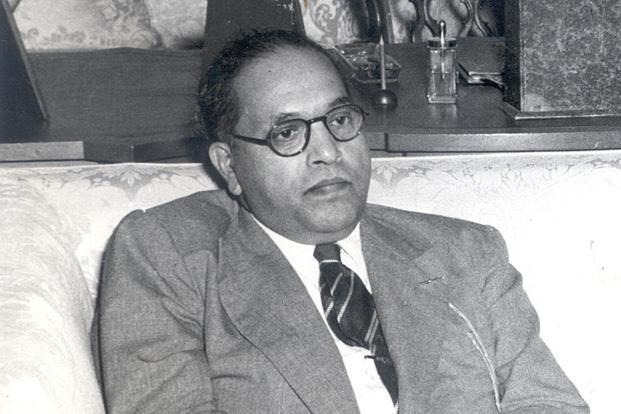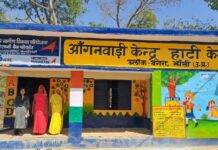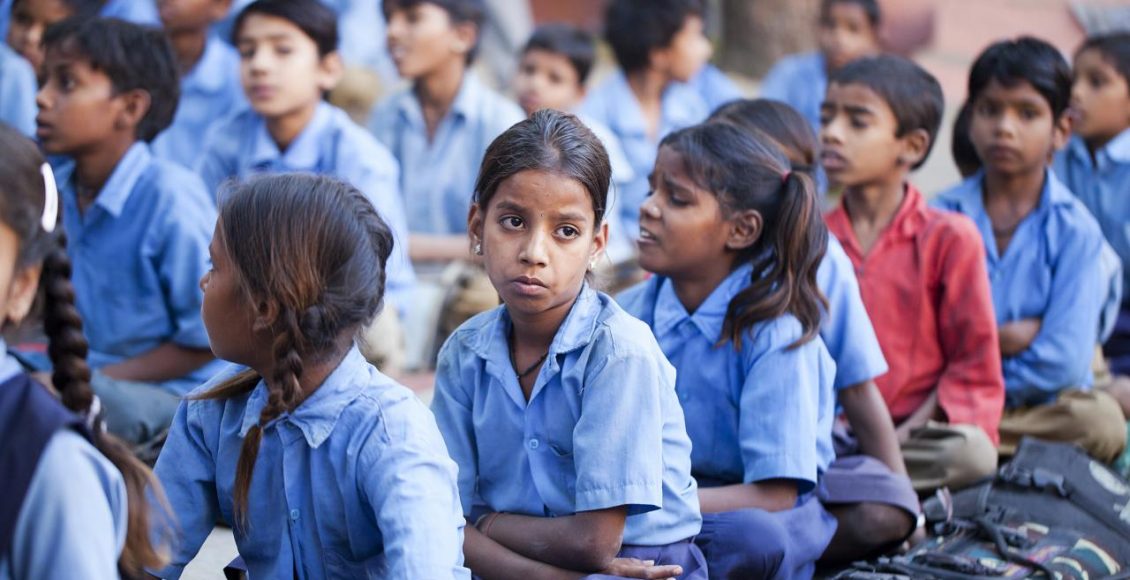Education is the foundation upon which the life of the individual becomes stable and prosperous. Therefore, the government is always trying to devise new policies and acts and making amendments in them to suit the needs of the people as per the changing times. Policies such as Sarva Shiksha Abhiyan, Right to Education Act, Rashtriya Uchchatar Shiksha Abhiyan, National Education Policy 2019, Mid-day Meal Scheme, Sustainable Development Goals and National Curriculum Framework are some of the many policies developed and adopted by the government of India to make improvements in the quality of education imparted to the children in the educational institutions like schools, colleges, universities etc.and to help in their overall development for a better future.
Introduction
Education is very essential for an individual as it helps him/her to develop into a contributing member of the society and nation and help in the progress and welfare of the country by making the individual participate in the development process positively and economically. Education helps the person to know the difference between right and wrong in terms of their conduct in the society. Therefore, it becomes important to impart education to each and every child. Various educational policies developed by the government have worked effectively in making the educational system efficient and up to date and in imparting quality education to the children. Though there are several policies on education, in this assignment we will focus only on four of them namely Right to Education Act 2009, SDG 4, NEP 2019 and NCF 2005. After reading the above four papers the following main themes can be highlighted
Aims of Education
One of the main aims of Right to Education is to provide free and compulsory elementary education of eight years to all the children in the age group of 6 to 14 years and seeing to it that the child completes his/her primary education.Another aim of RTE is that education of the child will be the joint responsibility of both the government and the parents. While the government will provide schools near to the place of residence of the child and the removal of any obstacles (like transportation facilities, necessary arrangements for children with disabilities and CWSN etc.), it will be the parents responsibility to ensure that the children go to schools on daily basis and do not face any troubles (RtE 2009). The aim of National Curriculum Framework includes making the children learn from the values laid down in the Constitution of India such as secularism, pluralism, egalitarianism and other democratic values among others. In this context, JP Naik described equality, quality and quantity as the elusive triangle of Indian education. In addition to this, another aim of NCF is “that education must be able to promote values that foster peace, humanness and tolerance in a multicultural society” (NCF 2005, p. 2). Additionally, quality of education and citizenship training are an important aspect of formal education and thus, an aim of NCF (NCF 2005).The aim of Sustainable Development Goal 4 (which is education) is the completion of education, both primary and secondary, by all the students (boys and girls) as well as equal opportunities for technical and vocational education. It focuses its attention on quality education which forms the foundation of SD and helps in boosting the quality of living and living standards and promotes economic growth of the individuals. It also favors lifelong learning. Apart from this, there is not much that this document states about the aims of education as it moves on to state its 10 Targets (SDG 4). One of the major aims of NEP 2019 is the extension of the RtE Act and its enforcement up to grade 12, that is, for all the children up to the age of 18 years. This means that education would now be free and compulsory for all children up to secondary level, that is, class 12. In addition to this, the existing format of 10+2 will no longer be in force and the new format of 5+3+3+4 structure will be introduced. The main emphasis of education will shift from rote memorization to general understanding of the text to promote holistic development and creation of skills such as critical thinking, problem solving, communication, multilingualism etc. Another important aim of NEP is the lack of discrimination between curricular and extra and co-curricular activities like music, dance, drawing, singing etc. as from now on all of them will be considered curricular because they are of paramount importance in the all-round development of the child (NEP 2019).
Ideas on Curriculum
As per the RtE Act, the curriculum should take into consideration the all-round development of the child by including values laid down in the Constitution and not including any such materials which consists of harmful agenda that should not be taught in schools. In addition to this, the syllabus and textbooks should be according to the age and the learning level of the child. It also states that every child, after completion of his/her elementary education shall be awarded a certificate in such a manner as may be prescribed and that the students will not be required to pass any form of Board Examination till the completion of their elementary education (RtE 2009). The NCF suggests that the development of curriculum should be done in such a manner so that it becomes an inclusive and meaningful experience for the children and emphasized on the efforts to make it move away from the textbook culture. Simultaneously, the curriculum should be such that it promotes inquisitive nature of the child towards learning by asking questions and then investigating them rather than just reproduce what they learned. This means that “the curriculum should be holistic in approaching learning and development which means that it should be able to see the various connections between physical and mental development” (NCF 2005 p. 14). At the same time the curriculum should be flexible enoughto be accessible to all the students and meet their individual specific needs and be capable enough to provide different challenges and new opportunities for the students, so that they may experience success in learning. It should also help the child in the creation of faculties of thinking rationally (NCF 2005). The Sustainable Development Goal 4has ten targets out of which the curriculum is located in the seventh point. According to it, “the acquisition of knowledge and skills in the learner for promotion of sustainable development should take place through education for sustainable development, human rights, gender equality, promotion of culture of peace and non-violence, global citizenship and appreciation of cultural diversity and of culture’s contribution to sustainable development” (SDG 4). This can be said to be a problematizing issueas out of ten targets, only one is dedicated to the curriculum and what the curriculum is, how it is formed and what it contains forms an important part of the entire educational process, that is, teaching learning (SDG 4). The NEP 2019 states that the curriculum should set according to the cognitive abilities of the child to make education effective and valuable for him/her. It focuses on the holistic development of the child in various skills such as multilingualism, critical thinkingand collaboration among others. It also emphasizes on moving away from rote memorization and reducing the curriculum to enhance essential learning and critical thinking. It also states to improve the flexibility in the choice of various subjects which means that there should not be any difference kept between arts and science, vocational and technical and curricular and extra, co-curricular activities. Additionally, it suggests for the re-introduction of the three language formula. The children will learn three languages: English, Hindi and a regional language. Here, it can become a problematizing issue as a young child can faceseveral problems and issues in learning three languages apart from his/her other subjects (NEP 2019).
Pedagogy
As per the RtE Act, “the teacher will assess the learning capability of every student and accordingly supplement additional instruction, if any required” (RtE Act, p. 8). While this seems to be fair at the first glance, its implementation in the Indian classroom, with the Pupil Teacher Ratio way high than the standard norm, seems doubtful. The teacher will simply not be able to pay close attention to each and every child to assess to their individual need. In addition to this, the teacher would have the responsibility to complete the curriculum within a specified period of time and will regularly hold parent teacher meetings in order to update the parents of their wards progress in school in terms of attendance, progress in learning etc. (RtE 2009). The NCF adopts the child centered pedagogy which means that the child should be given priority in their experiences and ensuring their active participation in classroom activities. It also involves adoption of the constructive view of learning by the students and the teachers which means that the learner is capable to construct his/her own knowledge by making connectionbetween new ideas on the basis of materials presented to them. Here, problematizing issue can be pointed out that even though a constructivist view of learning is a good approach, yet, will it be sufficient or other viewpoints like operant, instructional etc. can be used to complement it. Another pedagogical practice that NCF adopts is to enable the child to develop their own learning experiences through their surroundings (NCF 2005). The SDG 4 focuses upon lifelong learning and quality education but it has not suggested clearly the line of pedagogy taken and at the same time it does not explicate clearly the meaning of lifelong learning (SDG 4). The NEP states that a transformation in pedagogy is essential by 2022 so that there will be less emphasis on rote learning and more on the holistic development of the 21st century skills such as critical thinking, communication, problem solving, multilingualism, scientific temper among others. Along with this, there will also be restructuring of the same in the pattern of 5+3+3+4 so that learning can be made more responsive to the needs of the learner. In addition to this, the textbooks will also be have some changes to accommodate the new systems of teaching learning and will they include certain local content and flavors. This will involve revision of the NCERT books, preparation of the books at the state level to include local variation and things unique to particular state, textbooks and materials for additional subjects like music, art, literature and making available translations of the textbooks in good quality (NEP 2019, pp. 102,103).
Assessment
The Right to Education Act states that the assessment of the child will be based on Continuous and Comprehensive Evaluation (CCE) and it should be based on all the aspects of the child talent rather than their ability to learn. A Cumulative Record for every child should be maintained by the teacher and it should contain the data of the child regarding their talents in the field of music, art, leadership skills, drama etc. It also states that no child will be held back in the same class till the completion of elementary education (RtE 2009). The NCF also puts emphasis on CCE as a meaningful kind of evaluation.As per it, the main goal of assessment is to check the progress of both the teacher and the learner towards the achievement of the aims of learning set and searching for ways in which it could have been better.It also provides with the different kinds of assessment suitable at different levels. In the Early Childhood Care and Education (ECCE) level, Grade I & II, it can be done through qualitative judgment of the children’s activities in various departments, based on observation. In class III to VIII, it can be done through various methods such as oral and written test, and in Class IX to Class XIII; assessments can be done through tests, examinations to assess the knowledge of the students in various curricular areas (NCF 2005). The SDG puts emphasis on free, equitable and inclusive education for all children, however; it does not explicitly say anything about the assessment of the children in its ten targets (SDG 4). The NEP has laid down the principle for a transformation in the assessment process. According to the draft, the change in the curriculum should be accompanied with a change in the system in taking assessment and it should be focused on the ability of the learner to think critically, analyze and clarity of concepts rather than the their ability of rote memorization. It also suggests a change in the pattern of Board Exams and suggests making them easier, flexible and semester wise and introduction of Census exams in class 3, 5 and 8 apart from 10 and 12. However, a problematizing issue that can be highlighted here is the fact that the changes in exams was suggested to reduce the amount of pressure on students, but, with such a large number of exams (the exact number is not provided) and having them semester wise; will it help to reduce the stress of the children or on the contrary increase their pressure especially those who have a phobia as now they will be expected to take more papers (NEP 2019).
Conclusion
Education is essential for all individuals, but it becomes important for it to be of the best quality. Therefore, the government devises schemes from time to time to support this cause. In this assignment we studied four such schemes either made by the government or adopted (SDG). While the initiatives are applaud able it’s the implementation which can cause problem. India being a vast country, there are a number of reaction from people regarding the schemes. These reactions are also based on their understanding of these various schemes, drafts and acts. Therefore, it becomes essential for proper implementation that the people of the country are made aware of the schemes and their meanings through some proper reliable channel. Only then can these function properly and show their effects. In addition to this, the schemes are not cent percent correct with respect to the country’s needs and demands. Therefore, amendments can always be made in them to suit the order of the day.
Mudita Pant is pursuing her Masters from TISS/Mumbai.

